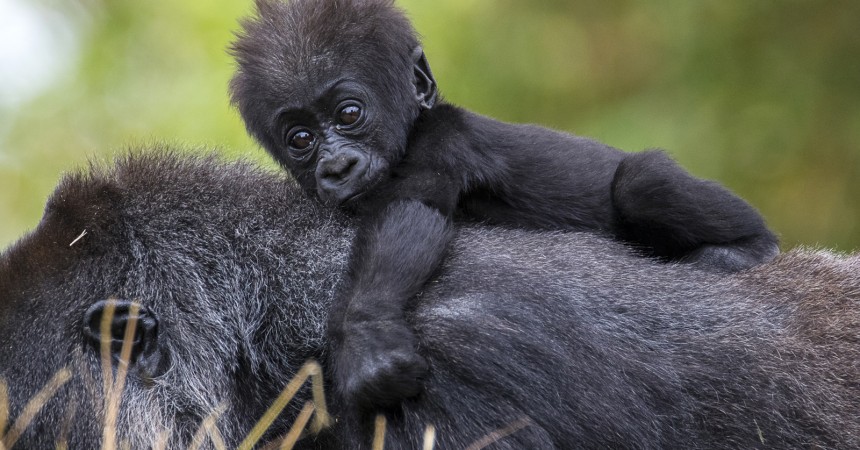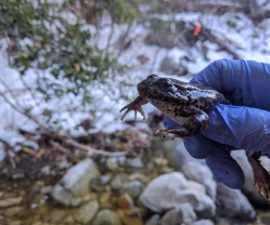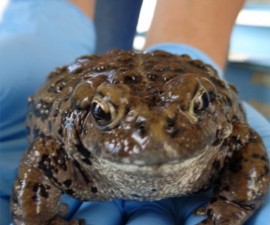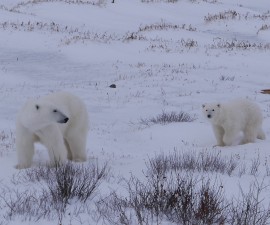While few of us can do everything “green,” all of us can do something good for the Earth. You may not have space to plant a tree, but you can volunteer with an organization that does. You may not be able to ride your bike to work every day, but maybe you can walk to the store. Other things to lighten the load for Mother Earth include eating less meat (“Meatless Mondays” is a popular trend), recycle glass and aluminum, wash your clothes in cold water, and take your own reusable bags to the market. It all adds up! If we use our human superpowers for good, we will reap huge benefits for plants, animals, and habitats around the globe.
The expression “save a tree” is not an empty platitude; doing so will help to save our big, blue planet. Trees stabilize soil and create an ecosystem that provides food and shelter for birds and other animals. They combat climate change by absorbing carbon dioxide and other harmful gases and releasing life-giving oxygen. They cast beautiful shadows and throw refreshing shade on weary hikers and hot buildings. Trees are easy on the eyes and good for the soul. And yet our planet is losing about 15 billion trees annually to deforestation and development, despite the countless benefits of living, breathing, upright trees.
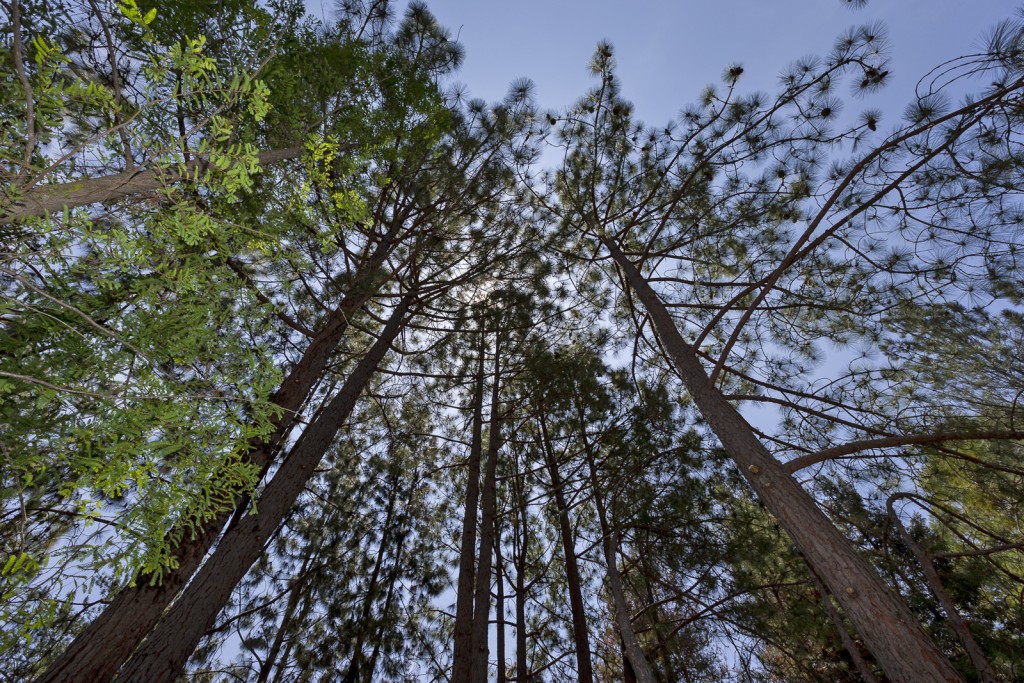
Human activities also impact the world’s oceans and the air we all need to live. But every single one of us can do at least one teeny thing to help the planet, and combined with everyone else’s efforts—no matter the size—can make a gigantic positive impact on the world, and help save wildlife from extinction. Give it a try; pick one thing that you can commit to doing for one month, and tell your friends (they will hold you accountable and may be inspired by you). Here are some ways you can directly help animals and get your Earth Day on all month!
Want to help save gorillas? Recycle your old cell phones and other electronic devices. The average cell phone lasts around 18 months, which means about 130 million phones will be ditched each year. Each one contains a wafer of coltan, a mineral mined from gorilla habitat in the Congo. But when electronics are recycled responsibly, this mineral can be saved and reused, thus reducing the need for more mining. And it will keep many other wicked chemicals out of the landfill.
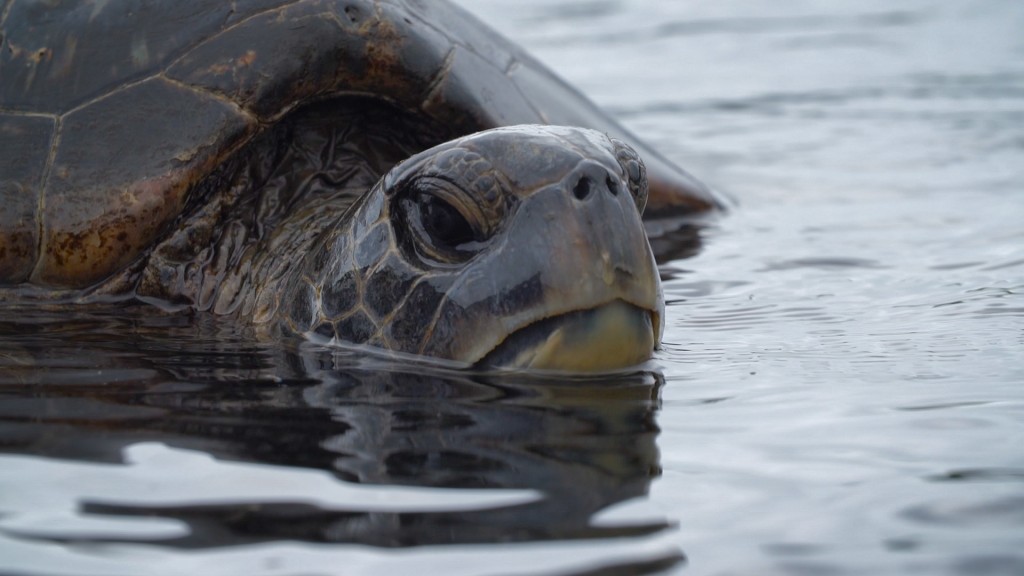
BYOB (Bag) to the store. No need for paper or plastic if you bring your own nifty reusable bag with you. Each year, about 500 billion plastic bags are used worldwide, and it can take up to 1,000 years for each one to break down (and still not morph into anything healthy). This one tiny act of bringing your own bag to the store will help save sea birds, marine life, and turtles, as plastic bags have a sneaky way of ending up in waterways and marching into the ocean.
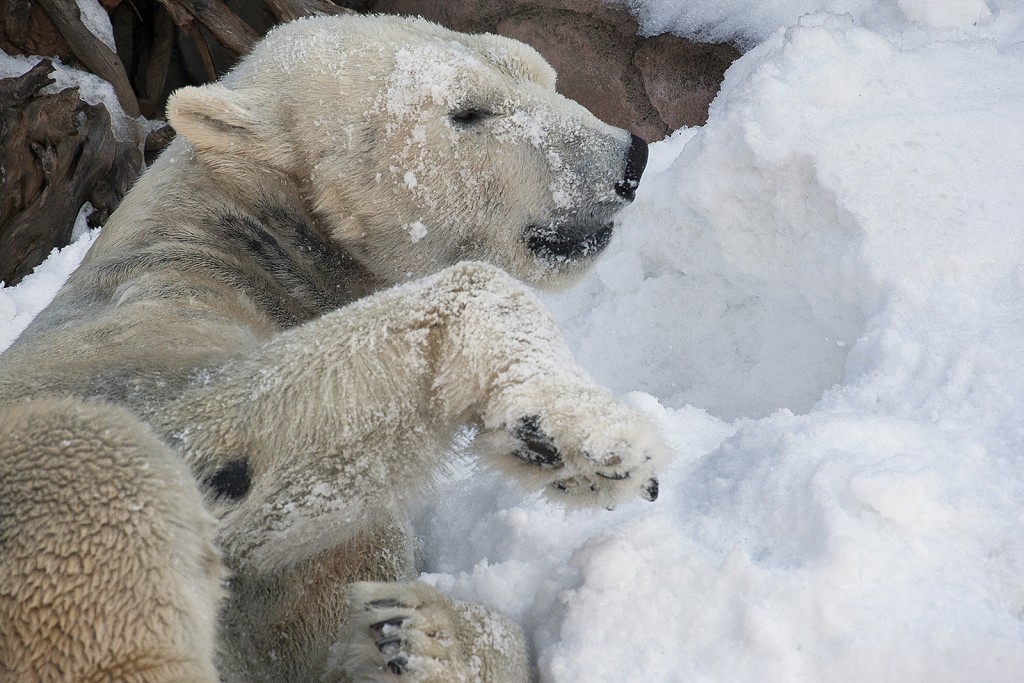
Help save polar bears (and other species, including us) by just driving a little bit less. NASA has reported that: “Motor vehicles emerged as the greatest net contributor to atmospheric warming…” Burning fossil fuels exacerbates global warming, leading to a cascade of potential weather calamities, as is evident with the melting of the Arctic sea ice, which polar bears require for survival. Each time we ride a bicycle or walk instead of jumping in the car, we are helping to save polar bears from extinction—and living a healthier lifestyle.
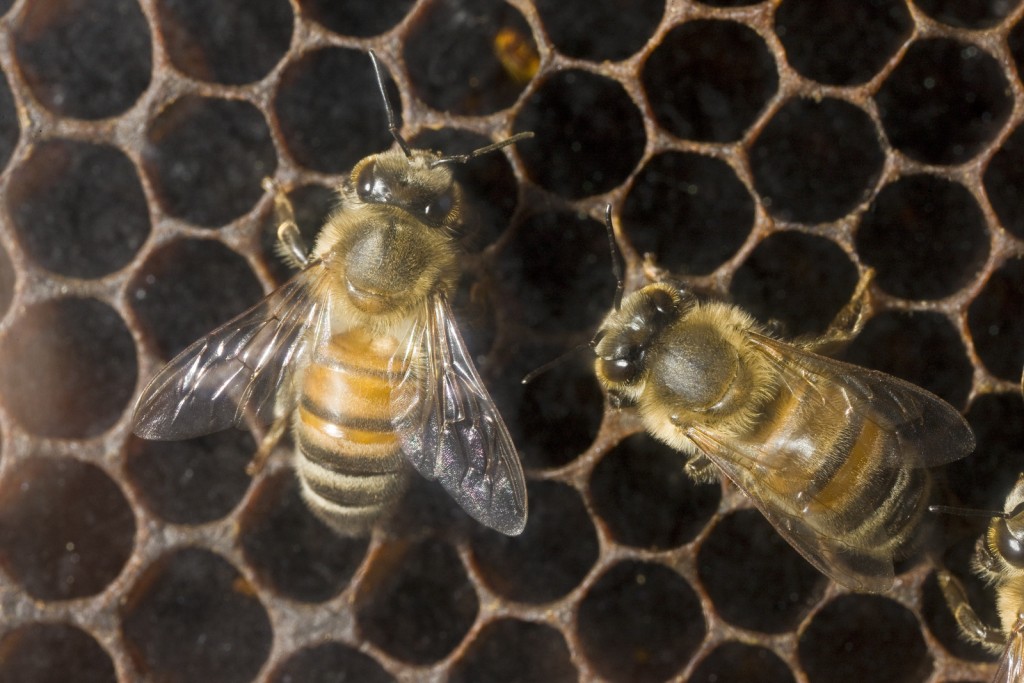
Bees, please! The main reasons for the decline of these vital pollinators are bee-harming pesticides, parasites, habitat loss, and climate change. Help save bees and keep food on the table by nixing pesticide use, buying organic produce when possible, and planting native bee-friendly plants. Eating local honey will help keep you healthy, as well. About one-third of our food is pollination dependent, including more than 100 types of crops in the US, so let’s provide these busy bees what they need!
Move away from the plastic water bottles. Seriously. By using your own refillable water bottle, you can help save a whole gamut of wildlife! Single-use plastic water bottles are wildly wasteful, requiring vast amounts of water and oil to manufacture, with only one in five bottles getting recycled and the rest languishing in landfills. About 90 percent of the cost of bottled water is due to its packaging, not the quality of the water. Drinking from plastic water bottles that have been heated by the sun can be hazardous to your health, so let’s make a splash for conservation and use a reliable, refillable, reusable, responsible water bottle.
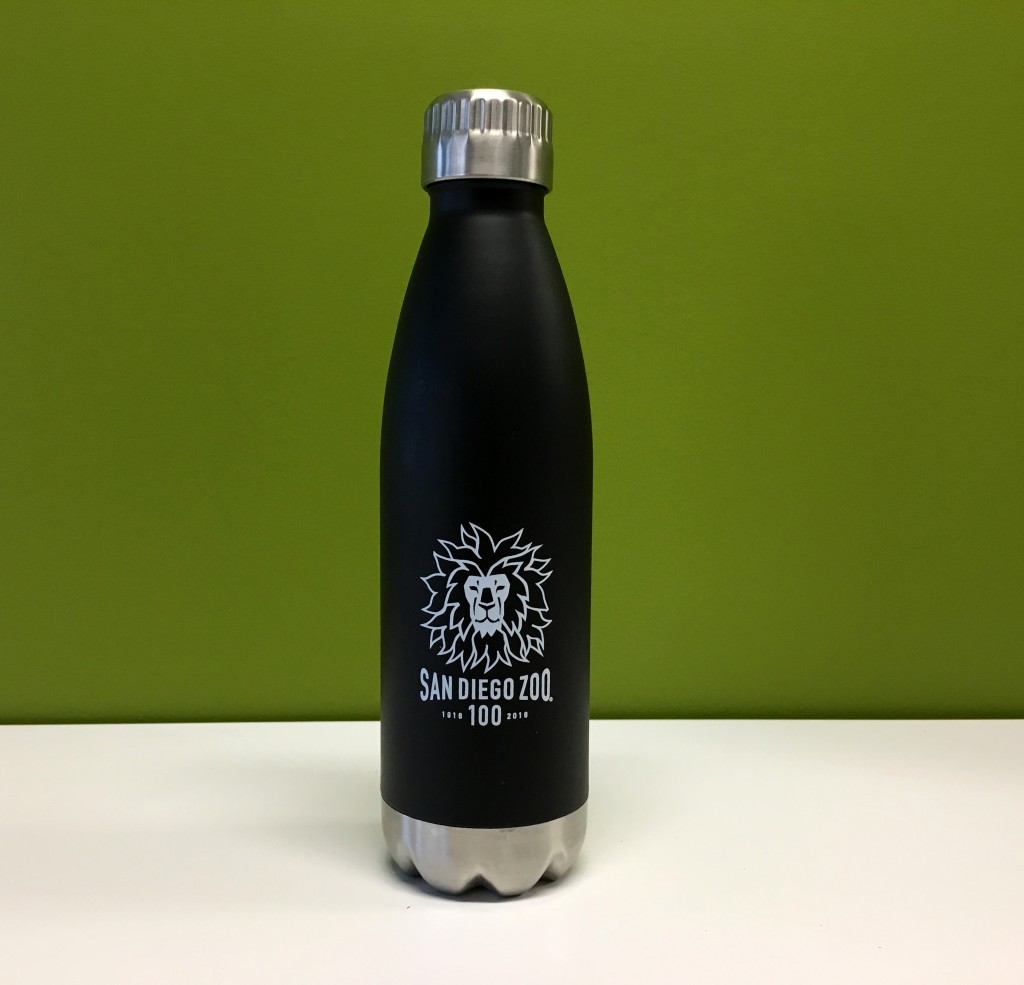
Join us in helping our planet, our wildlife, and ourselves! In the comment section below, share your green Earth Day actions.
Karyl Carmignani is a staff writer for San Diego Zoo Global. Read her recent article, Big Hearts.

